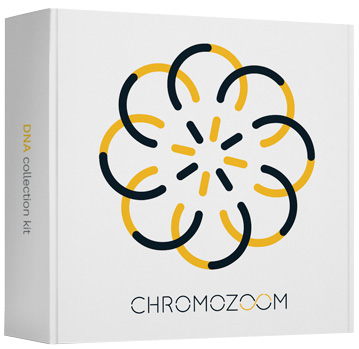Dry skin
Dry skin is characterized by the rough look and scaly or flaking surface and is also manifested by itching and cracking. The appearance of dry skin occurs with increased transepidermal water loss (TEWL). It may be caused by environmental changes in humidity, temperature, and air-flow, by frequent washing especially with very hot water and by use of detergents and soaps. The prevalence of dry skin increases with age because as we get older our skin becomes thinner and its lipid content decreases, so the function to retain water is reduced. Sun exposure, smoking, and stress may also have an effect on dry skin development.Transepidermal water loss
TEWL is an indicator of the loss of water through the stratum corneum. Increased transepidermal water loss is one of the major factors responsible for dry, scaly skin and skin dermatitis.
Skin-barrier
The uppermost layer of the skin called the stratum corneum (SC) represents the skin barrier which prevents the penetration of harmful substances and microorganisms, helps to regulate the transepidermal water loss (TEWL) and thus provides skin hydration.
The main components of the skin-barrier are well-hydrated corneocytes which are covered by inetrcellular lipids which prevent the water loss and maintain optimal pH values of 4-6. Stratum corneum is constantly renewed. Corneocytes are gradually exfoliated by a process termed desquamation and they are replaced by cells from the lower layers of the skin then. Desquamation is a natural process in the restoration and regeneration of the skin. The optimal pH is required for the proper functioning of the skin barrier. Desquamation disorders lead to dry skin.
Desquamation
Desquamation or the exfoliation of the top of corneocytes, is a process which ensures proteins degrade the stratum corneum. Desquamation is a natural process in the restoration and regeneration of the skin. For proper functioning of the skin barrier, the optimal pH is required. Desquamation disorders lead to dry skin.
Treatment steps
Treatment of dry skin involves the use of moisturizers to reduce water loss and soothe the skin in the form of creams, lotions or ointments. In spite of dry skin responds very well to lifestyle remedies, sometimes it is necessary to consult the condition with a dermatologist who can prescribe special medicine. Especially, when dry skin cracks, there is a potential risk of infection development caused by germs which can get in through the damaged skin. Untreated dry skin can lead to atopic dermatitis development so it is good not to underestimate this condition. Untreated dry skin can lead to atopic dermatitis.
